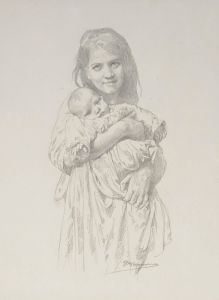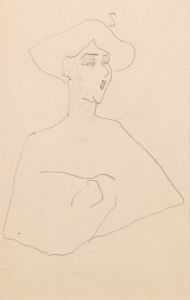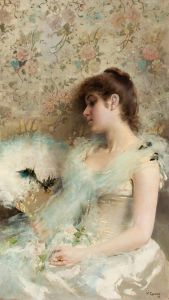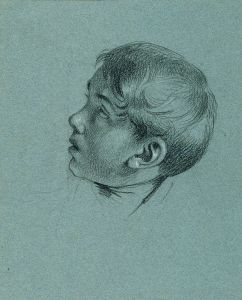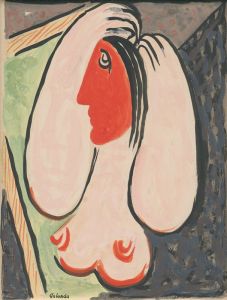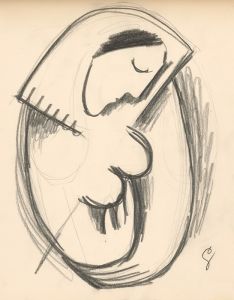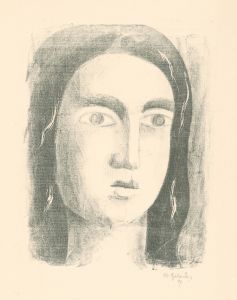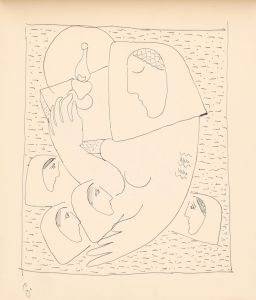
Girl’s Head
A hand-painted replica of Mikuláš Galanda’s masterpiece Girl’s Head, meticulously crafted by professional artists to capture the true essence of the original. Each piece is created with museum-quality canvas and rare mineral pigments, carefully painted by experienced artists with delicate brushstrokes and rich, layered colors to perfectly recreate the texture of the original artwork. Unlike machine-printed reproductions, this hand-painted version brings the painting to life, infused with the artist’s emotions and skill in every stroke. Whether for personal collection or home decoration, it instantly elevates the artistic atmosphere of any space.
Mikuláš Galanda was a prominent Slovak painter and illustrator, known for his significant contributions to modern Slovak art in the early 20th century. One of his notable works is "Girl’s Head," which exemplifies his unique style and artistic vision. Galanda was a key figure in the development of Slovak modernism and was part of a movement that sought to integrate Slovak art into the broader European avant-garde trends of the time.
"Girl’s Head" is a painting that reflects Galanda's interest in portraiture and his ability to capture the essence of his subjects with a modernist approach. The painting is characterized by its simplified forms and the use of bold, expressive lines, which are typical of Galanda's style. His work often features a blend of traditional Slovak themes with modernist techniques, creating a distinctive fusion that has been influential in Slovak art.
Galanda was born on November 4, 1895, in Turčianske Teplice, then part of the Austro-Hungarian Empire. He studied at the Academy of Fine Arts in Budapest and later at the Academy of Fine Arts in Prague. His education exposed him to various artistic movements and styles, which he incorporated into his work. Throughout his career, Galanda was deeply influenced by the European avant-garde, including movements such as Cubism and Expressionism, which is evident in the stylized and abstract elements of "Girl’s Head."
The painting "Girl’s Head" is notable for its use of color and form. Galanda often employed a limited color palette, focusing on earthy tones and muted shades that convey a sense of introspection and depth. The composition of "Girl’s Head" is carefully balanced, with the subject's features rendered in a way that emphasizes both simplicity and emotional expression. This approach allows the viewer to engage with the painting on a personal level, as the subject's gaze and demeanor evoke a sense of mystery and contemplation.
Galanda's work, including "Girl’s Head," played a crucial role in the development of Slovak art during a period of significant cultural and political change. As Slovakia sought to establish its identity within the newly formed Czechoslovakia after World War I, artists like Galanda were instrumental in defining a modern Slovak artistic language. His contributions to art were not limited to painting; he was also an accomplished illustrator and graphic designer, further showcasing his versatility and commitment to the arts.
In addition to his artistic achievements, Galanda was an active participant in the cultural life of Slovakia. He was a member of several artistic groups and associations, where he collaborated with other artists to promote modern art in Slovakia. His legacy is preserved in numerous Slovak galleries and collections, where his works continue to be celebrated for their innovation and impact on Slovak culture.
"Girl’s Head" remains an important piece within Galanda's oeuvre, representing his mastery of form and his ability to convey complex emotions through portraiture. The painting is a testament to Galanda's skill as an artist and his enduring influence on the trajectory of Slovak modernism.





